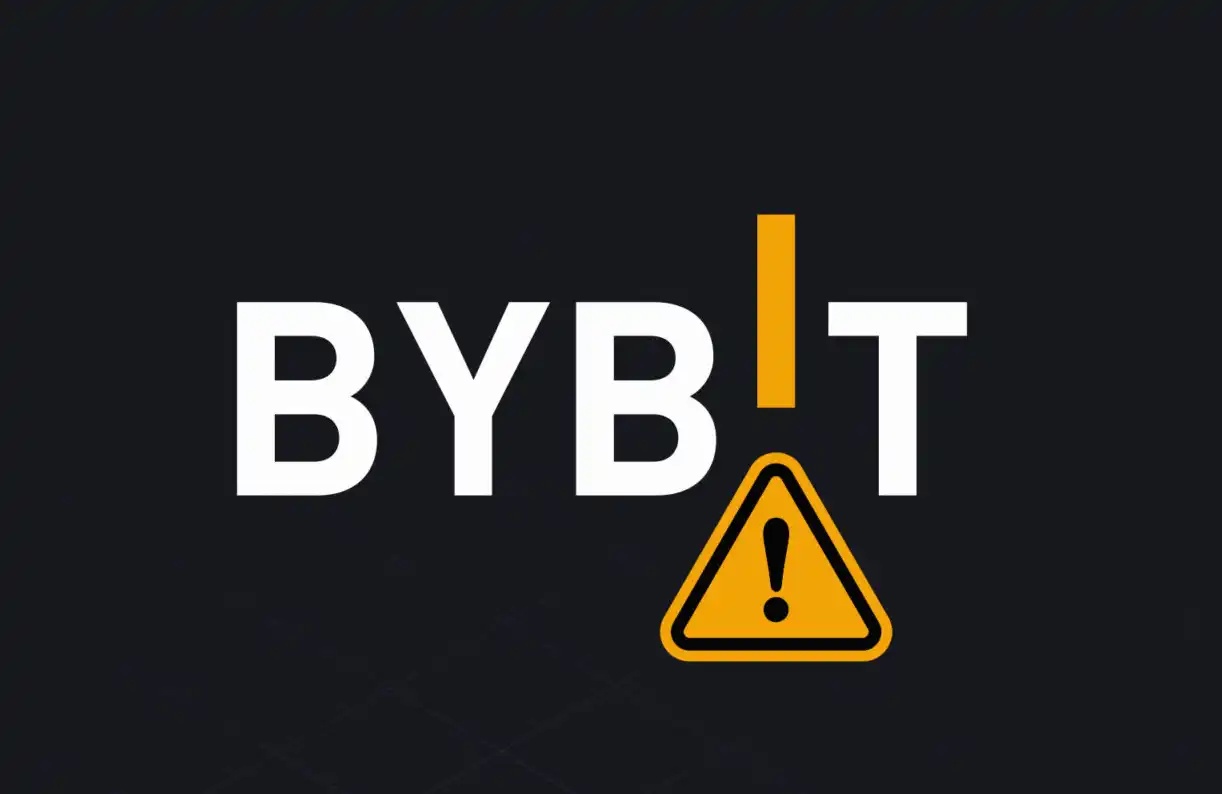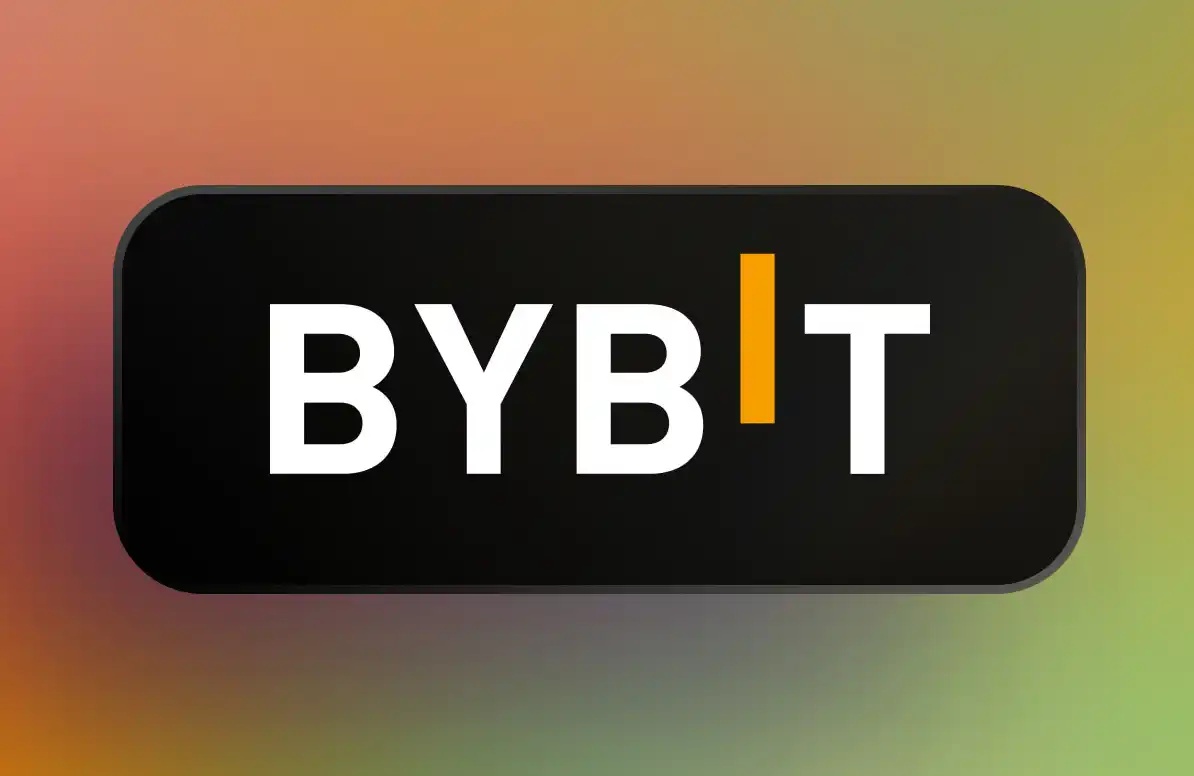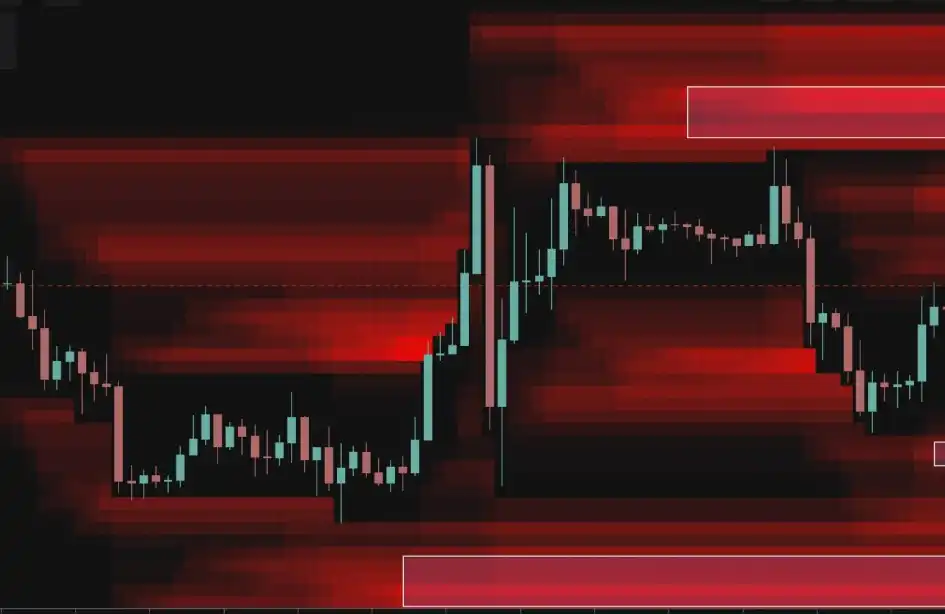Under the background of Real yield, a preliminary study on the sustainability of DeFi business model
Original title: "In the context of Real yield, A Preliminary Study on the Sustainability of DeFi Business Model"
Original author: David, W3.Hitchhiker
In the DeFi summer of 2020, many projects provide short-term TVL surges through the provision of liquidity mining and Token rewards , but as other projects provided more APY through the bottomless issuance of Token, funds frantically flocked to other projects, resulting in a short-term TVL plunge. The sharp rise and fall brought about by such a price war has become a major hot spot for DeFi to attract market attention in the short term, but the actual result is that the funds are too speculative and cannot continue to be deposited in the project for long-term ecological construction and improvement.
The last round of DeFi craze came to an abrupt end amidst the collapse of projects such as Terra and Celsuis in the middle of this year And stop. With the advent of the bear market and the mud and sand in the currency circle, the market began to question the actual role of DeFi. Many people even think that apart from short-term hype such as Pond's funds, dolls, and legends about getting rich, DeFi does not have much actual value.
The arrival of the bear market has led to the ebb of speculative funds, and the market has also turned its attention to DeFi projects that can truly create long-term profits. Thus, the core narrative logic of this bear market DEFI was born: Real yield. Real yield is no longer based on the excessive issuance of the original Token of the protocol, but encourages the sharing of protocol profits to motivate Token holding and liquidity provision.
Fund Utilization Efficiency
The previous DeFi growth strategy focused too much on the growth of TVL. After attracting TVL through unlimited issuance of Token, the TVL was used to generate relevant income (in the form of Money makes money, the core business logic of the financial industry). Although the acquisition of TVL is a prerequisite for the development of the industry, the scale and growth rate of TVL are not the best indicators for evaluating the business model of the agreement.
TVL is not a fund owned by the agreement itself, but a third-party fund. From the perspective of the balance sheet of a traditional financial institution, it is more like a debt. Only when TVL is combined with better Token economics and focuses on how to use TVL to increase profit income and the assets owned by the agreement (similar to net assets), can it be used as an indicator for evaluating the pros and cons of the agreement’s business model.
In this article, we mainly introduce the total revenue/TVL (fee/TVL) indicator to evaluate the unit capital utilization efficiency of the agreement. This indicator is similar to ROA under the traditional financial framework, and is the core indicator for evaluating the efficiency of business models. The combination of TVL and total revenue is always a reminder not to focus on TVL unilaterally. After all, if the assets are too large but not very profitable, it means that some core aspects of the business model are inefficient.
We are concerned that the last round of DeFi projects are often inferior to new projects in terms of capital efficiency due to the historical legacy of focusing too much on TVL. At the same time, the performance of leading projects such as UNISWAP is much higher than that of peers in terms of capital efficiency, mainly due to the USDC/ETH pool on its V3, which has created a huge transaction volume with a very small TVL.
< a target="_blank" href="https://substackcdn.com/image/fetch/f_auto,q_auto:good,fl_progressive:steep/https%3A%2F%2Fbucketeer-e05bbc84-baa3-437e-9518-adb32be77984.s3 .amazonaws.com%2Fpublic%2Fimages%2Fa2de9cba-c2ab-441d-836b-6add65b41b2f_704x270.png" rel="">
Agreement Retention Ratio
At the same time, in the last round of DeFi, the general DeFi protocol generally introduces liquidity mining Obtain TVL, resulting in most of the revenue not being retained on the agreement. Among them, UNISWAP and MAKERDAO are two extremes: the former basically distributes all transaction fee income to LPs participating in liquidity mining, while the latter does not use liquidity mining, and all interest income is stored in the agreement.
Although Maker is a lending agreement, its essence is the issuance of stable coins. Considering that it does not actually need to increase liquidity mining, Maker may actually Retaining all income in the agreement leads to the concept of the real net assets of the agreement, adding a layer of risk control safety cushion for future agreements, similar to the concept of protocol-controlled assets (PCA) proposed by TOKEMAK.
Most projects, in order to attract liquidity, are Part of the income is sent to LPs in the form of rewards, and many mainstream projects even basically send more than 90% of their income to LPs. Considering that many projects need to retain part of their profits after paying to LPs to meet other expenses such as team expenses, marketing expenses, etc., but in fact most agreements do not seem to reserve enough budget for this part.
As a recent star project, GMX clearly stated in the white paper that LPs (GLPToken holders) not only get GMXToken rewards, but also get 70% of the platform fee income denominated in ETH (the actual LP fee share is only 49% %). This arrangement has laid a good foundation for later agreement construction costs and the accumulation of PCA of the agreement itself.
In addition, GMX is also very conservative in its own Token release. The sign of a good project is whether the income is distributed in the form of USDC, USDT or any stable currency, or in the form of the native token of the blockchain (such as ETH or AVAX).
Token Empowerment
Token empowerment is a common topic. In the context of the bull market, the demand for Token empowerment is shelved, and the market is more likely to be moved by fresh stories and fashionable terms. As for whether the agreement captures value and whether Token holders can share growth stories, it is often not a topic that speculators care about . Neglecting Token empowerment may cause us to face similar problems with the TCP/IP protocol-yes, the TCP/IP protocol is an indispensable infrastructure, but it does not allow stakeholders to gain any value; similar to many current DeFi The protocol is also the "primitive language" of the future decentralized financial system. Ignoring the Token empowerment will also make it face a similar fate to TCP/IP?
After the payment of LP incentives, the income has finally settled to the protocol level, the protocol still needs to face various expenses such as incentives for liquidity Token issuance, team and marketing, etc. Less final profit is retained. For the convenience of analysis, we only assume that the issuance of Token is the largest cost item here. The scale of additional issuance every year can reflect the attitude of the protocol itself towards token empowerment to a certain extent.
Agreement profit estimate
Here we introduce the concept of protocol profit, that is, protocol retained income—Token issuance fee. The cost item is the amount of newly added Tokens multiplied by the current currency price. This calculation does not necessarily reflect the actual situation, but it can show us to a certain extent which DeFi protocols show outstanding performance in terms of capital efficiency, protocol retention, and Token empowerment. real profit prospects.
Business Sustainability of Different DeFi Tracks
DEX:
It is mainly an agreement to obtain transaction fee income by providing transaction services. Transaction fee income is allocated to LP and Token holders, and LP income can be regarded as the main cost.
Due to the fee rate, the income of futures (perpetual) trading is generally far better than that of spot trading. This is mainly reflected in the efficiency of capital utilization, because derivatives transactions are charged according to the nominal transaction amount (after leverage). The income generated by unit TVL, UNISWAP (the most efficient spot trading platform) is only one-third of GMX.
Secondly, spot trading platform fees tend to decline in the long run. For example, in order to expand the trading audience, UNISWAP is deployed to the cheaper POLYGON. At the same time, in order to compete with CURVE, the 0.01% fee TIER for stable currency pairs is introduced. These are all Resulting in lower overall capital utilization efficiency.
Lending:
The agreement that provides lending services mainly earns income through the commission of interest charges or the origination fee of undercollateralized loans.
The cost item is mainly the interest fee and GRANTS paid by the depositor.
The lending platform earns interest income from its lending business. To maximize loan revenue and profitability, it can adjust three key levers beyond simply raising fees: capital efficiency, new customers, and improving margins. For example, Aave has launched an enhanced version of its core product (Aave V3, improving capital utilization) and a number of complementary products (GHO stablecoin and Lens Protocol), all of which aim to align one or more of these three key strategic levers.
Although the market has entered a bear market this year, Aave's capital utilization efficiency has risen against the trend, which shows that its new strategy explains its new products to some extent strategy for success.
Loan products with insufficient collateral, even loan products that do not require collateral such as flash loans etc., have stronger pricing power as they focus on compliance and institutional clients (hedge funds, venture capital, and market makers), thereby benefiting from higher entry barriers for competitors.
At the same time, the lending industry is still facing the pressure of price wars. price pressure.
ASSET MANAGEMENT and Liquid Staking Platform:
AUM-based management fee, performance fee and/or minting and redemption fees for structured products. In the long run, this model has a stronger profit quality and is less susceptible to price wars.
Question: Which DeFi models are more promising?
< /p>
Although "real yield" may be a more reliable evaluation method, this liquidity procurement model is not perfect. On the one hand, the protocol needs to be profitable in order to provide value to stakeholders, so it doesn’t do much for new projects with few users. New projects still need to resort to liquidity mining most of the time to attract TVL and traders. Additionally, if the protocol needs its revenue to be distributed to token holders, this means they have less money to spend on marketing, community building, and R&D. In the long run, it may be counterproductive to evaluate the development prospects of the project based solely on the profit of the agreement.
Original link a>
欢迎加入律动 BlockBeats 官方社群:
Telegram 订阅群:https://t.me/theblockbeats
Telegram 交流群:https://t.me/BlockBeats_App
Twitter 官方账号:https://twitter.com/BlockBeatsAsia
 Forum
Forum OPRR
OPRR Finance
Finance
 Specials
Specials
 On-chain Eco
On-chain Eco
 Entry
Entry
 Podcasts
Podcasts
 Data
Data


 Summarized by AI
Summarized by AI
















